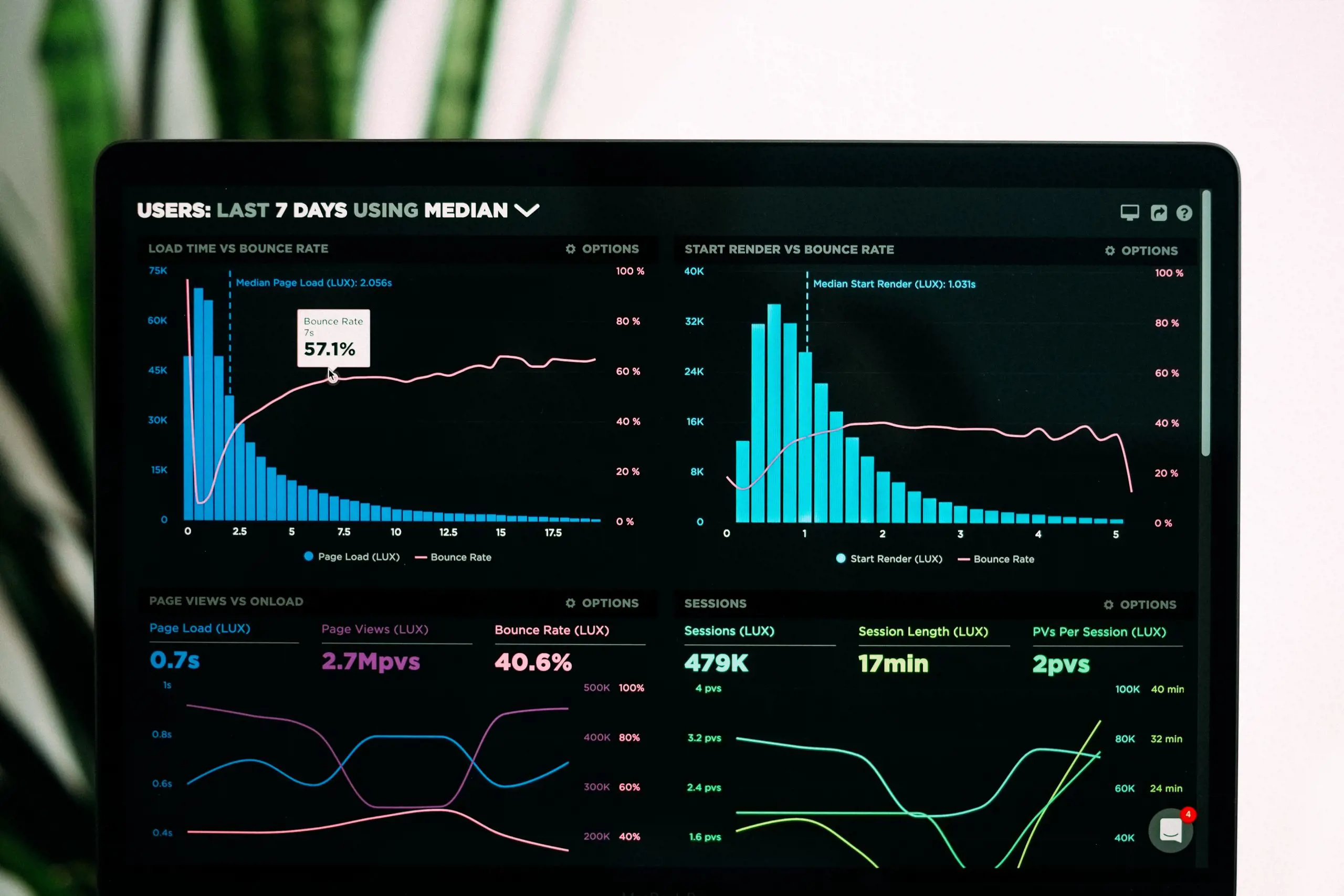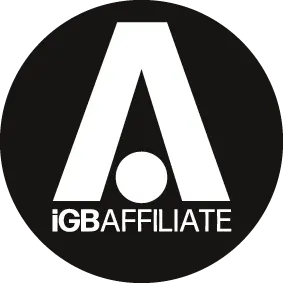

ICS-digital’s Chris Mawson, Jack Mattison and Martin Calvert bring affiliates up to date on the moving target that is Google’s Core Web Vitals, aimed at improving page experience for users
Core Web Vitals is the term Google has coined to summarise three areas of page experience that affiliates can act on, in most cases fairly swiftly, to further drive their SEO efforts forward.
Those three elements are load times, time to become interactive and time to become visually stable – all essential elements for a site to be displayed, understood and usable.
For the uninitiated, the good news is that these elements can be assessed in Google Search Console using metrics that are likely familiar:
- Largest contentful paint: The time required to fully render the biggest content feature on the page, most often a video or some kind of interactive element.
- First input delay: The time elapsed from when a visitor begins their engagement with your page and the corresponding response to process that action, which could be a critical activity such as a click-out or a visit to an operator review page.
- Cumulative layout shift: The score calculated based on how much the elements on the page move around in the process of loading, thus delaying the visitor’s ability to meaningfully interact.
The report is based on three metrics as measured by actual user data: LCP, FID, and CLS.
It’s worth bearing in mind that CWV is a bit of a moving target: lab data is collected based on the experience users receive on a 3G mobile connection. This arguably does not represent the technology used by the typical affiliate site user and we also expect Google to adapt its device selection as more powerful internet connections become the ‘new’ normal.
With this in mind, at ICS-digital, we don’t see CWV as the <most> critical factor in the hyper-competitive world of igaming SEO. However, Google’s continued push towards user experience is notable for igaming affiliates seeking an edge for multiple reasons.
First, it’s a niche where the goal is to move traffic as efficiently and profitably as possible – and a poor page experience/flow from initial visit to choosing an operator partner with which to deposit is the antithesis of this.
Second, with successive, content and on-site focused updated throughout 2022 the direction of travel is clear: Google’s ability to prioritise (and police) onsite experience is expanding so SEO-driven organisations need to understand any advantage they have.
The third point relates to this advantage for affiliates in particular – a crucial one that they often hold over their operator partners.
It’s usually fair to say that affiliates are able to be more efficient and nimbler when it comes to implementing changes.
While operators may have multiple layers of sign-off before making technical changes, or have restrictive platforms to battle with, affiliates are often in a better position to act once a decision has been taken.
With that in mind, it’s important to consider the difference a dedicated approach to staying on top of CWV could make when operators have so many other advantages to rank.
In this short article we’ll break down some of the quickest wins for affiliates in particular:
1. Correctly diagnose site speed issues – and take relevant action
To improve site speed, we must carefully diagnose the CWV issues we face so we can identify the root cause.
When it comes to largest contentful paint, implementing a caching system for site-wide assets can often help to improve load times. Reducing the need for cascading style sheets (CSS) where possible and turning on ‘lazy loading’ can also help.
Platform choice is important too – Wordpress offers a range of powerful and customizable affiliate themes so is understandably a popular choice for these kinds of sites.
That said, with great power comes great responsibility, and it is important to constantly assess such themes on responsiveness, backend performance, how much bulk/bloat they have and mobile suitability.
Modular themes that allow non-essential sections to be easily disabled can be a good solution here, as they often prove to be a convenient middle ground between performance and solid look and feel.
2. Adapt – don’t eliminate – the page features you need to transform responsiveness
There are a number of areas we can look at to improve the responsiveness of affiliate sites. Choosing a layout that is optimised for mobile and preferably based on a fluid grid is a strong starting point.
Popular affiliate site components such as tables, product cards, featured tiles, modules and accordions can often be adapted to suit layouts such as these, and this goes a long way towards producing a frictionless user journey and reducing load times on smaller devices.
The goal with this isn’t to rip out what makes the site useful to users in order to chase rankings but to consider each element that visitors anticipate/need in turn and then apply a fluid interface.
Operators often have little choice but to have numerous javascript elements loading on their sites due to the nature of how mainstream platforms are developed and sold. Affiliates, on the other hand, should find it easier to remove any unnecessary drags on performance that prevent users being able to start using sites in meaningful ways.
So avoid javascript where possible, or at least cut back on using it, and don’t neglect this one small advantage you have over operator giants.
It may also be that hosting improvements can provide worthwhile gains so consider the entirety of your technical setup, and look beyond the page.
3. Get explicit with visual stability – tell web browsers what to do
Cumulative layout shift is usually the metric to address when enhancing visual stability. When configuring images on your site, providing explicit width and height dimensions at each breakpoint can <drastically> reduce browser render time.
This is a step most affiliates don’t take, especially if they’re using an out-of-the-box template, but it’s worth being as specific as possible to maximise rendering time. This is particularly relevant when you have audiences with high search intent who want to literally see content that responds to their queries.
With the often logo-heavy themes we tend to see in affiliate sites, this change can be very effective. This approach also forces the developer to be more considerate of how assets are displayed, which is never a bad thing.
The same goes for defining clear pixel sizes for any iframes, embeds or sidebar ads too. Regarding typography, pre-loading custom fonts, especially on content-heavy pages, can be an additional tip to see improvements to visual stability.
In addition to SEO benefits, it’s also a better user experience and trust factor if sites are stable, fast and ready to use.
Core web vitals in context
A note of caution: from everything we’ve seen in how sportsbook operators, casino brands, super-affiliates and challenger brands have performed throughout 2022, it’s fair to say that excellence across Core Web Vital metrics is not the defining factor in success.
The strength and topical relevance of links, quality and audience-focus of content, commitment to user experience and clear language more generally are all areas that, pound for pound, have the greatest impact on SEO.
However, SEO is also about making the most of your advantages – and affiliate brands that can’t get the epic media coverage of a global operator or the volume of links of a super-affiliate aren’t going to down tools.
There’s still space for intelligent brands of all sizes in the industry and it’d be foolish not to capitalise on any advantage available. More than this, the SEO benefits of a disciplined approach to Core Web Vitals are also accompanied by benefits in user experience that can improve conversions and the path to a profitable click-out.
Martin Calvert will be keeping you right up to date on the state of the igaming search landscape on the world’s dominant search engine at iGB Affiliate London on Thursday 9th February. The year in Google SEO session starts at 10.05am.

Chris Mawson,
head of SEO at ICS-digital
is head of SEO at ICS-digital, an international content, translations and digital marketing agency serving igaming brands across 100+ languages. Chris draws on his content expertise and deep understanding of technical SEO to oversee the implementation of marketing strategies for the biggest names in gaming.

Jack Mattison
is a digital designer at ICS. Working across creative design, user experience and digital PR projects he focuses on practical design that helps affiliates and operators accomplish their goals.

Martin Calvert
is marketing director for ICS-digital and ICS-translate. The sister agencies work globally across multilingual SEO, content, digital PR and translation with a core focus on highly regulated industries.
Photo by Luke Chesser on Unsplash
